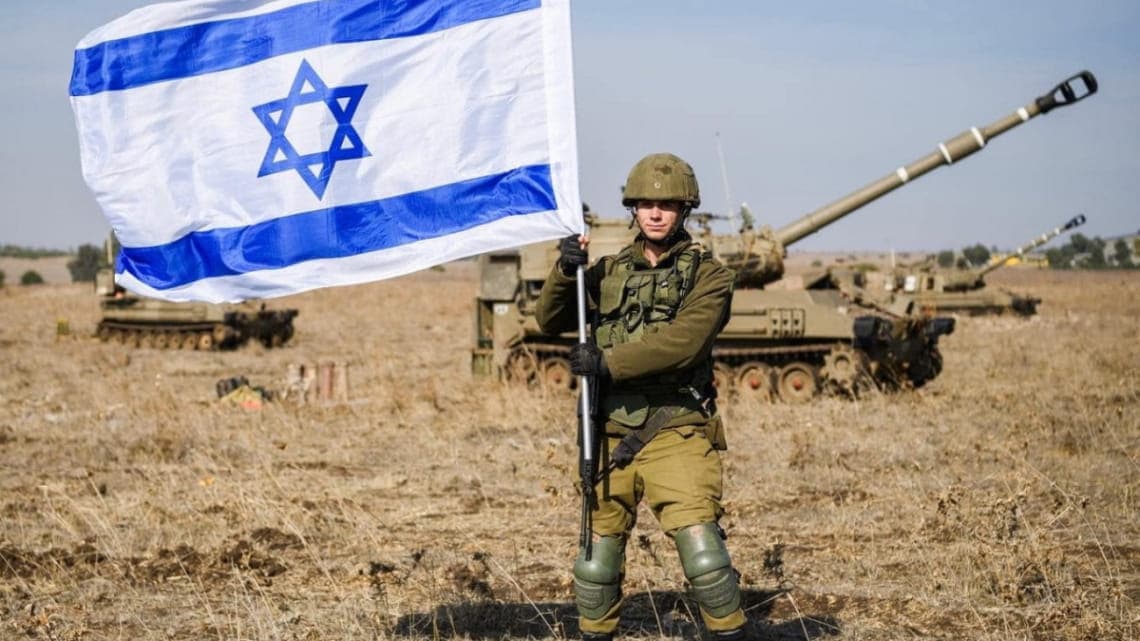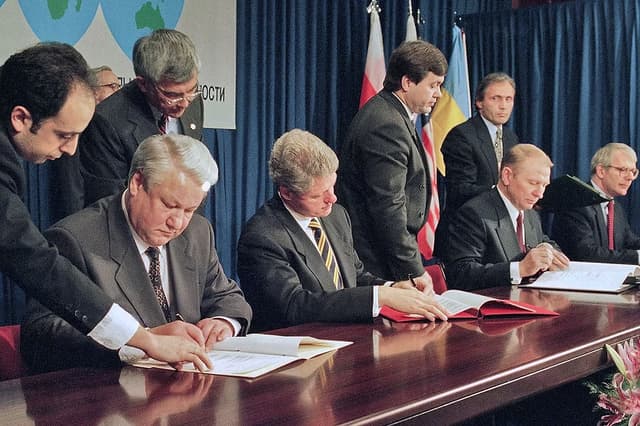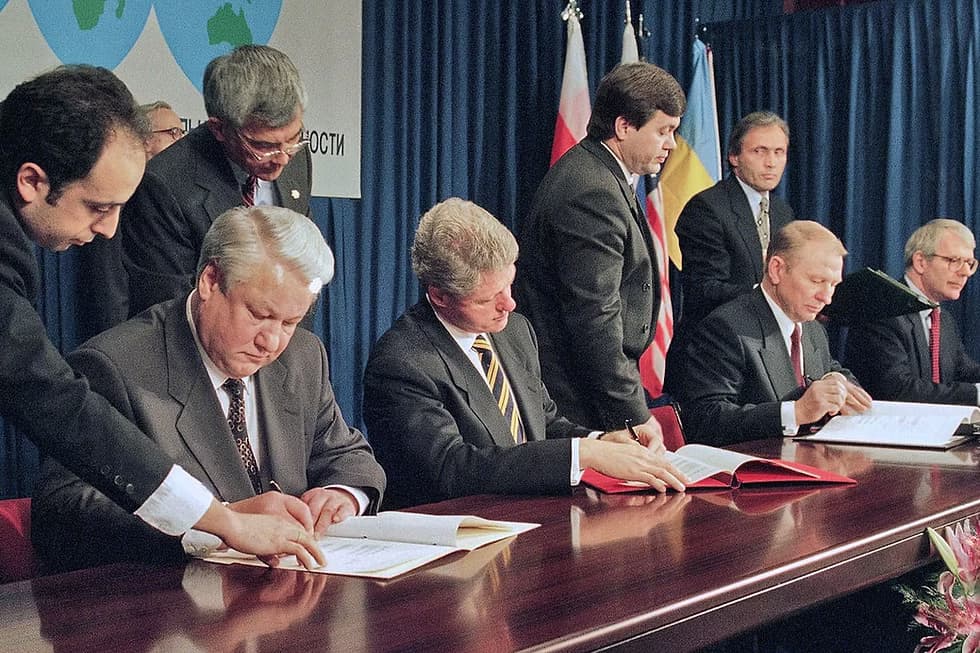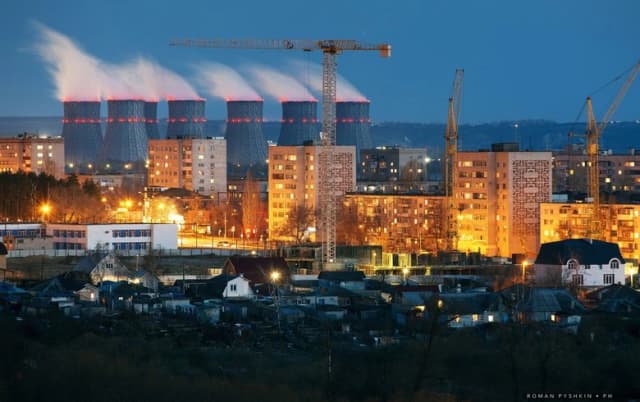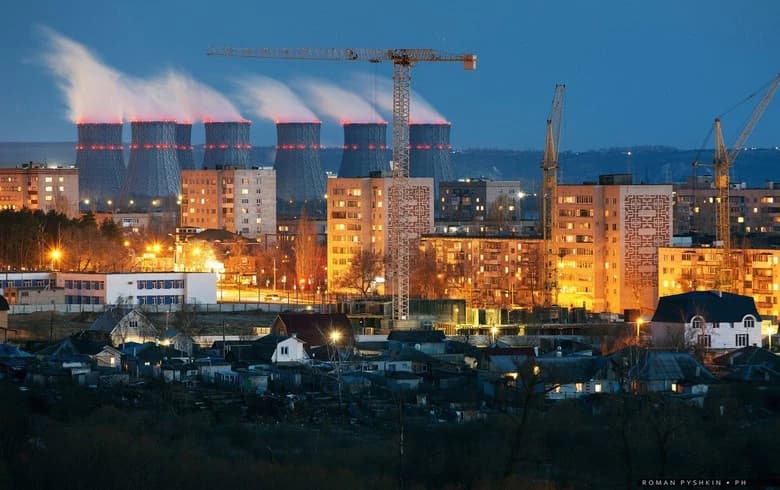When will Swedish Gripen aircraft fly in the skies of Ukraine?
 President of Ukraine Volodymyr Zelensky and Swedish Prime Minister Ulf Kristersson in the cockpit of a Swedish Gripen fighter jet
President of Ukraine Volodymyr Zelensky and Swedish Prime Minister Ulf Kristersson in the cockpit of a Swedish Gripen fighter jet
On 22 October 2025, Ukrainian President Volodymyr Zelensky and Swedish Prime Minister Ulf Kristersson signed a declaration of intent for Ukraine to purchase from 100 to 150 of Sweden's latest JAS 39 Gripen E fighter jets.
In our previous article, ‘The combat test and comeback of the JAS 39 Gripen,’ we already revealed key details about these aircraft and how they performed in combat. At that time, we argued that Swedish Gripen aircraft were unlikely to become the main type of fighter jet in Ukraine in the future, mainly due to Saab's insufficient production capacity. However, recent events indicate that Ukraine is betting on the JAS 39 Gripen.
What does the agreement entail?
The declaration of intent opens up the possibility of concluding a firm contract for the supply of 100 to 150 JAS 39 Gripen E aircraft – the latest version of the Swedish multi-purpose fighter developed by Saab. In other words, the declaration of intent is not a final contract. It is a framework agreement that demonstrates political will and forms the basis for all other pre-contractual intergovernmental work.
Key issues to be resolved during the pre-contractual work include the assessment of the contract value and financing mechanism, delivery times, and the problem of localisation of production.
How fast can Ukraine get these fighters?
Volodymyr Zelensky expects the first aircraft to arrive as early as 2026, but Ulf Kristersson says that, given current production capacity, the estimated delivery time is three years after the contract is signed.
This difference in estimates may be due to the fact that Kristersson is referring to the latest JAS 39 Gripen E, production of which is still insufficient. The Swedish Armed Forces themselves have only received the first of sixty Gripen E aircraft in October this year, after 12 years of waiting. Zelensky, on the other hand, may be referring to the transfer of older C/D models currently in service with Sweden. According to Swedish TV channel TV4 Nyheterna, Sweden can currently offer just over 10 used Gripen aircraft. According to Defense Express, it is quite realistic that next year Sweden will indeed begin transferring used but still combat-capable JAS 39 Gripen C/D aircraft to Ukraine, which it will decommission when the new Gripen E aircraft enter service with the Swedish military. Zelensky said that Ukraine is already preparing its pilots, technical teams and infrastructure to start operating Swedish fighter jets.
Thus, a likely scenario is the delivery of the first Gripen C/D in 2026 and the first Gripen E in 2028-2029, but it is necessary to take into account when exactly the contract will be signed. And in 2030-2040, the full order of 100-150 aircraft will be delivered gradually.
But there is a certain problem here. By declaring its desire to acquire the JAS 39 Gripen E, Ukraine has entered into a kind of race, with these aircraft as the prize.
The customers for the Swedish Gripen E/F fighter jet with valid firm contracts currently include: Brazil, which is continuing to fulfil its 2014 contract for 36 aircraft, of which approximately 10 have been delivered; Thailand, which has ordered an additional 4 aircraft in 2025 and is interested in another 8-10; and Sweden itself, with a total plan for 60 fighters. In addition, negotiations are ongoing with Peru and Colombia (the agreement is paused due to tense relations between Bogota and Washington). Canada may place a large order. Some European countries may also want to strengthen their air forces with Swedish aircraft.
Therefore, due to the increase in orders for the JAS 39 Gripen E, the implementation of the Ukrainian contract may take much longer than 10-15 years, mentioned by Prime Minister Kristersson, even with the expansion of production and at least partial localisation in Ukraine.
What is the cost of aircraft and where can Ukraine find the funds?
At present, it is difficult to say for certain what the total price of such a large batch of aircraft would be. The approximate price of one JAS 39 Gripen–E aircraft is estimated by various publications to be in the range of $106–228 million, with a production cost of approximately $88 million.
According to Defense Express, the last known ‘fixed’ price for Gripen for Thailand was $138.25 million per aircraft, according to this year's contract. The estimated cost of aircraft for Peru is $146 million per unit. The price may also vary depending on the equipment and weapons that the customer country wants to have.
In addition to the price of the aircraft, the cost of maintaining them must also be taken into account. Often, keeping aircraft in combat-ready condition for a long period of time costs twice as much as the cost of the aircraft itself. Assuming that 100 Gripen E/F aircraft will cost approximately $15 billion based on known contract prices, the approximate cost of operating this number of aircraft over 40 years will be an additional $30 billion, or $0.75 billion per year. Therefore, Ukraine needs to consider whether it will be able to maintain these aircraft in the future, especially given that Ukraine's defence budget was approximately $1 billion before the full-scale invasion.
Ukraine is currently counting on receiving frozen Russian assets in Europe (estimated at over €200 billion) and using them to pay for the fighter jets. Swedish Defence Minister Paul Jonsson and Saab CEO Mikael Johansson have confirmed this. The transfer of frozen Russian assets to Ukraine has been discussed for a long time, but no decision was made at the EU summit held on 23 October in Brussels.
The reason for the delay was the position of Belgium, which is demanding guarantees from other European countries that it will not have to bear all the risks associated with the use of Russian assets on its own. According to media reports, the next summit is scheduled for 19 December. Perhaps this decision will be made at that meeting. However, until that happens, the signing of the contract will remain uncertain.
Sweden may also partially finance the agreement through military aid mechanisms. ‘We can consider export credits, frozen Russian assets and our aid programme for Ukraine, which amounts to 40 billion kronor next year and 40 billion in 2027,’ said Defence Minister Paul Jonsson. According to him, Sweden has presented the deal to the so-called coalition of the willing, a group of 16 European countries that intend to help finance Ukraine's war against Russia, and that some of them may be willing to help finance the aircraft.
Is localisation of production in Ukraine possible?
The war poses risks for full localisation, but partial localisation is desirable for Saab's management. Mikael Johansson said: ‘During the war, it's not so easy, but it would be great to establish capacity for at least final assembly, and possibly even partial production in Ukraine.’
The example of Brazil shows how much localisation can speed up a country's acquisition of aircraft. While Sweden waited 12 years for its first JAS 39 Gripen E, Brazil recently received its tenth fighter, despite signing the contract a year later. In addition, localisation gives Ukraine a certain degree of autonomy in providing itself with modern fighter jets, jobs and certain technologies.
However, Ukraine will still have to fight for this localisation. After Ukraine signed a declaration of intent, Canada expressed interest in localising production in their country to fulfil the Ukrainian order. Due to the security risks, locating production in Canada is very likely, so a similar project in Ukraine could be threatened. Therefore, it is in Ukraine's interest to conclude the contract as soon as possible and to ensure that the issue of localisation of production, at least partial, is included in it.
Analytical article prepared by Kostiantyn Hlushko, analyst and reviewer at the "Resurgam" Center for Northern European Policy
You may be interested

